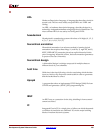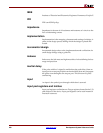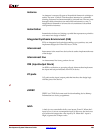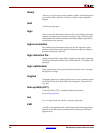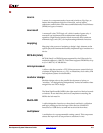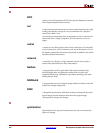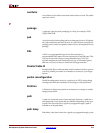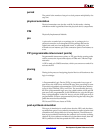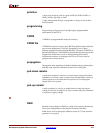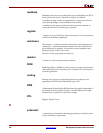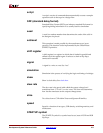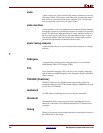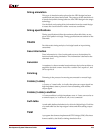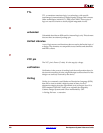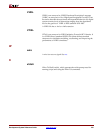
416 www.xilinx.com Development System Reference Guide
R
readback
Readback is the process of reading the logic downloaded to an FPGA
device back to the source. There are two types of readback.
A readback of logic usually accompanied by a comparison check to
verify that the design was downloaded in its entirety.
A readback of the states stored in the device memory elements to
ensure that the device is behaving as expected.
register
A register is a set of flip-flops used to store data. It is an accumulator
used for all arithmetic operations.
resistance
The property — based on material, dimensions, and temperature of
conductors — that determines the amount of current produced at a
given difference in potential. A material’s current impedance that
dissipates power in the form of heat.
The drive of the output pins on a network.
resistor
A resistor is a device that provides resistance.
ROM
Read Only Memory (ROM) is a static memory structure that retains a
state indefinitely, even when the power is turned off. It can be part of
a function generator.
routing
Routing is the process of assigning logical nets to physical wire
segments in the FPGA that interconnect logic cells.
RPM
A Relationally Placed Macro (RPM) defines the spatial relationship of
the primitives that constitute its logic. An indivisible block of logic
elements that are placed as a unit into a design.
RTL
Register Transfer Level
S
schematic
A schematic is a hierarchical drawing representing a design in terms
of user and library components.



